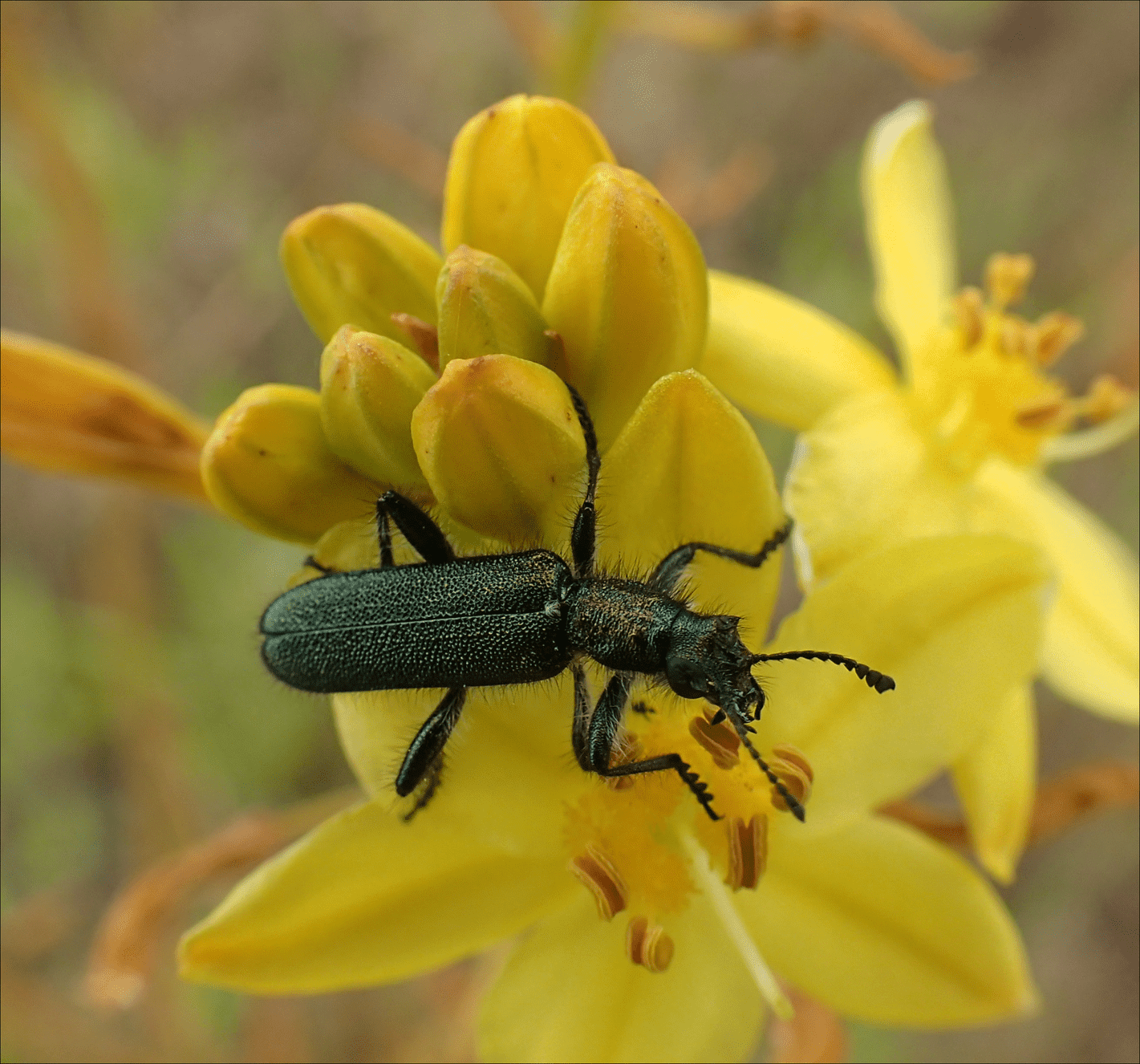We focus on propagating, preserving and promoting the value of Tasmanian native plants.
visit Plant DATABASEIn 2000, the USN launched the Tasmanian Native Plant Database, providing detailed information on growing native understorey flora in Tasmania. In 2025, the database of over 1,800 vascular plant records was redeveloped for improved accessibility and user-friendliness with support from the Wettenhall Environment Trust.
While other excellent resources help identify Tasmanian native plants, the database is the only resource that brings together detailed propagation methods for Tasmanian natives in plain English, enabling the community to find the right plants for specific sites for maximum ecological benefit.
The database does not aim to be a plant identification guide. It focuses on propagation methods, including seed collection, storage, treatment and germination data. To know more about a plant or how to propagate it, you enter the name, either scientific or common, to the ‘Search for plants’ text box. To see all plants in a family, scroll down and click on ‘Family Index’.
The updated database includes plants listed in the Census of the Vascular Plants of Tasmania published annually by the Tasmanian Herbarium, Tasmanian Museum and Art Gallery.
Plants included in the database are those that people might encounter in the Tasmanian environment. It therefore excludes plants from Macquarie Island, those considered by the Tasmanian Herbarium to be extinct or eradicated, and introduced species.
Note that this database includes plant species listed by the Tasmanian Threatened Species Protection Act 1995. Information about planting and permit requirements can be found at Threatened Species and Communities | Department of Natural Resources and Environment Tasmania
The Database includes records for most vascular plant families represented in Tasmania, including grasses, orchids and ferns. Nomenclature is consistent with the current edition of Census of the Vascular Plants of Tasmania.
Our long-term goal is to increase the capacity of local communities to undertake propagation and restoration projects and subsequently to increase the biodiversity of the understorey.
We aim to continue database updates ensuring it remains a valuable, community driven resource for ecological restoration.
Corrections and comments are welcome. Please contact us here.
The sources below have been used to support the information found in our plant database, educational material, and conservation resources:
Further information about the references used can be found here.
Learn how to search, filter, and understand the propagation information in our native plant database to support your conservation or gardening project.
Search. You might know the name of a plant and want further information about it and how to propagate it. In which case, enter as much information as you can and we'll try to help. Or you might have a vacant piece of ground and want to know what native plant might grow there - if so, choose your municipality and habitat and click away.
Try entering keywords such as aromatic, endemic, bird-attracting, bee-attracting, frog habitat, or flammability to discover Tasmanian native plants that match your interests.
Filters. The ‘filter’ option enables you to find plants based on certain properties, such as municipality, growth form, height, etc.
You might want to find plants of a certain form or flower colour etc. Just select and enter the details that matter to you.
* Note that the entries are cumulative - so, if you select Wet Eucalypt Forest for Habitat and Loam for Soil Tolerance and type in white (for flower colour) in Search for Plants, the database will display the results for which all these conditions are met.
Scientific names. Scientific names accepted in the most recent Census of the Vascular Plants of Tasmania are used in the database. Previous names and synonyms can be found by using “Find” in the most recent PDF version of Census of the Vascular Plants of Tasmania.
Common names. Common names are updated regularly on the Natural Values Atlas (NVA), an authoritative resource regarding Tasmania’s Natural Values. Little Book of Common Names for Tasmanian Plants (Wapstra et al 2005) is used as a reference by NVA.
Threatened Status (Tasmania). Threatened species status is consistent with NVA data which is updated annually following the release of the Census of the Vascular Plants of Tasmania.
Glossary. A botanical glossary is available at PlantNET.


We acknowledge the collective knowledge of both scientific sources and experienced community members whose shared insights continue to shape our work. Together, we are creating lasting impact across Tasmania — one plant, one partnership, and one community effort at a time.
We wish to acknowledge those people who contributed to the development of the original database. These include members of the Understorey Network, especially Mary Jolly and Anna Povey, staff of the Royal Tasmanian Botanical Gardens and many people with a special knowledge of Tasmanian native plants, including Les Payne, Will Fletcher, John and Marion Simmons, Alan Gray, Herbert Staubmann and others who assisted greatly with comments on drafts and many who contributed photographs. We also acknowledge our early home growers who reported propagation findings as 'citizen scientists'.
Thanks also go to those who have assisted with current updates. We would like to thank Miguel de Salas of the Tasmanian Herbarium for his assistance with the key first step of updating scientific names. Others who generously gave their time and expertise include Julie Ayre, Christine Bayley, Jamie Glessal, Wayne Goodwin, Jenny Jonkka, Kirrilli Kent, Phil Loughhead, Ruth Mollison, Les Payne, Lorraine Perrins, Anna Povey, Liz Pulo, Priscilla Richards, Belinda Swift, Nancy Van Nieuwenhove, Mark Wapstra, Malcolm Wells, Courtney Wilson and James Wood.